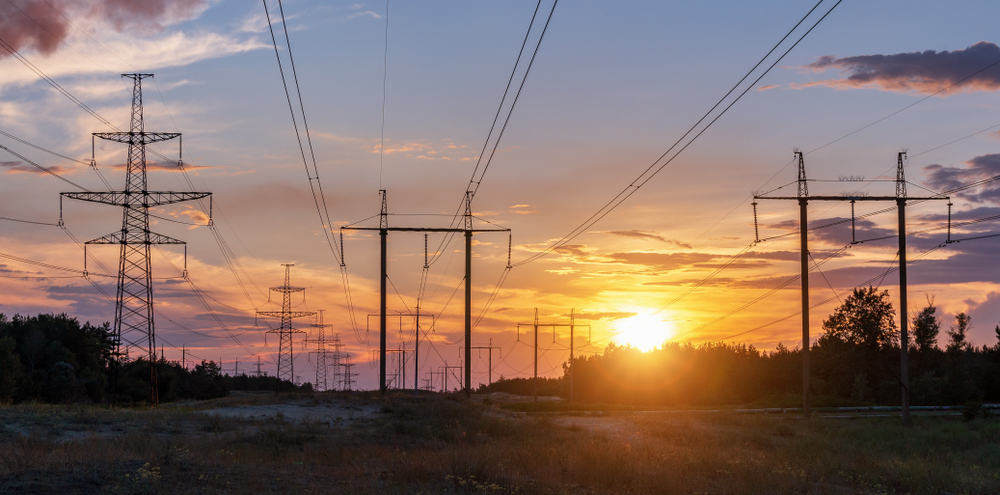CRE Leans Green
Ways to Reduce Grid Strain
In July, parts of the U.S. saw record demand for electricity, driven by higher temperatures pushing up power usage. Pennsylvania-based regional transmission organization PJM Interconnection LLC reported 144,557 megawatts of demand on July 3, the highest level in almost two years. Power usage in New York City reached its highest level since 2013 the previous […]

